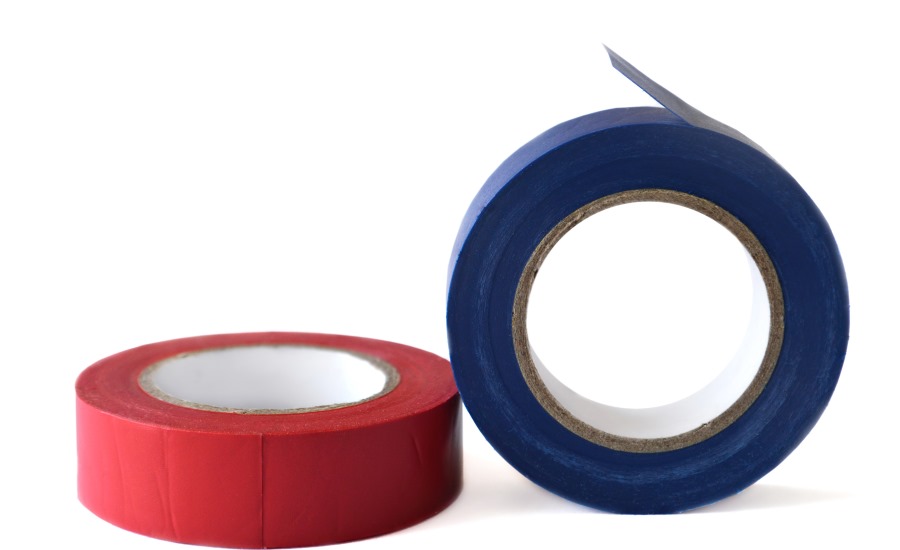PSA Tape – Beyond the “Sticky”




Pressure sensitive adhesive (PSA) tape, which is generally thought of as a product that bonds things together, is actually a multifaceted and versatile product with usage that goes beyond its more understood ‘stickiness.’ In other words, tapes—while sticky—are also developed so they are comprised of properties tailored to specific applications, including barrier and insulation applications. PSA tape technologies can insulate a building from environmental events such as precipitation, vapor ingress, extreme cold and heat, as well as external noise.
Various PSA tape backings, such as aluminum or multi-layer films, can create a vapor barrier protecting the insulation. Not only does tape have to provide a barrier against water, it also has to stick under wet, and often humid, conditions. Moisture coming onto the floor from above may be easier to detect, but moisture emanating from below a flooring structure may require delving below the floor framing and into a sub-area to find its origin.
PSA properties can interact with different surfaces and environments in various ways. While there may be temptation to use putties and caulks in place of PSA tapes for insulation purposes, these materials are typically used as fillers meant to span gaps—not provide an air or water barrier. Though liquid sealants and mechanical fasteners are often utilized on exposed building surfaces, PSA tapes can be used as effective alternative or complementary barrier throughout a building or home by sealing around areas such as window and doors—that may be vulnerable to outside environmental fluctuations.
Cold temperatures, harsh conditions or even moisture can adversely affect insulation tape behavior and performance, but modern technological developments allow PSA's to successfully handle environmental challenges. For example, PSTC member company 3M Company Product Developer Martin Widenbrant remarks in his 2016 PSTC Technical Seminar paper, PSA Technology and Testing Requirements for Water Vapor Permeable Air Barriers, that, “Air barriers have evolved from roofing felt creeping down the wall to protect the building, i.e. tar paper; and water proofing materials, polyethylene film with modified bitumen adhesive creeping up the wall. Whereas the building paper (nonwovens) are water vapor permeable, the self-adhered waterproofing membranes are water vapor impermeable.”
Another effective way to utilize tape as a barrier is to tape the insulation seams when using a building wrap to ensure the water barrier is consistent when overlapping wrap material. When using tape to help keep floors moisture-free, consider the tape’s chemistry. The two most common tapes used for barriers are butyl rubbers and acrylic tapes. Acrylic tapes are made from either water or solvent-based adhesives that are created by polymerizing monomers to create polymers with specific properties.
Acrylic tape usage is prevalent in the construction field where insulating is essential. Acrylic tape provides a reliable seal and can have a high level of cohesion. These tapes are known for their durability and work well when seaming vapor barriers and used for sealing house wraps. Acrylic polymers weather extremely well and can be used in harsh outdoor and indoor environments for years without degradation, unlike many rubber chemistries.
Tapes used for moisture barriers are made from a range of materials and thicknesses to fit virtually any performance criteria. Butyl tape is developed using a synthetic rubber adhesive. These tapes are designed to be air impermeable, waterproof and insulating. Butyl tapes are ideal for seams, providing a water-tight bond for optimum sealing. These tapes can conform to irregular surfaces without degrading adhesion strength. Butyl tapes have a high initial tack and are more aggressive on contact. They can also bond to a wide variety of surfaces.
The important objective to keep in mind is if the project calls for a true air or water barrier, special products are on the market that offer high performance. Ultimately, barriers are most effective if installed with all laps, seams, penetrations and terminations completely sealed. Following a tape manufacturer’s instructions will ensure a project is safe from environmental penetration for years to come.


